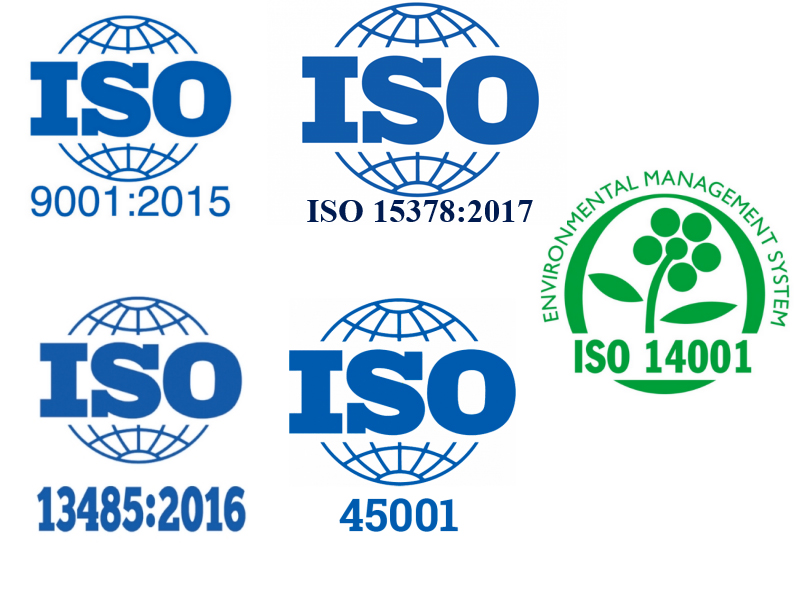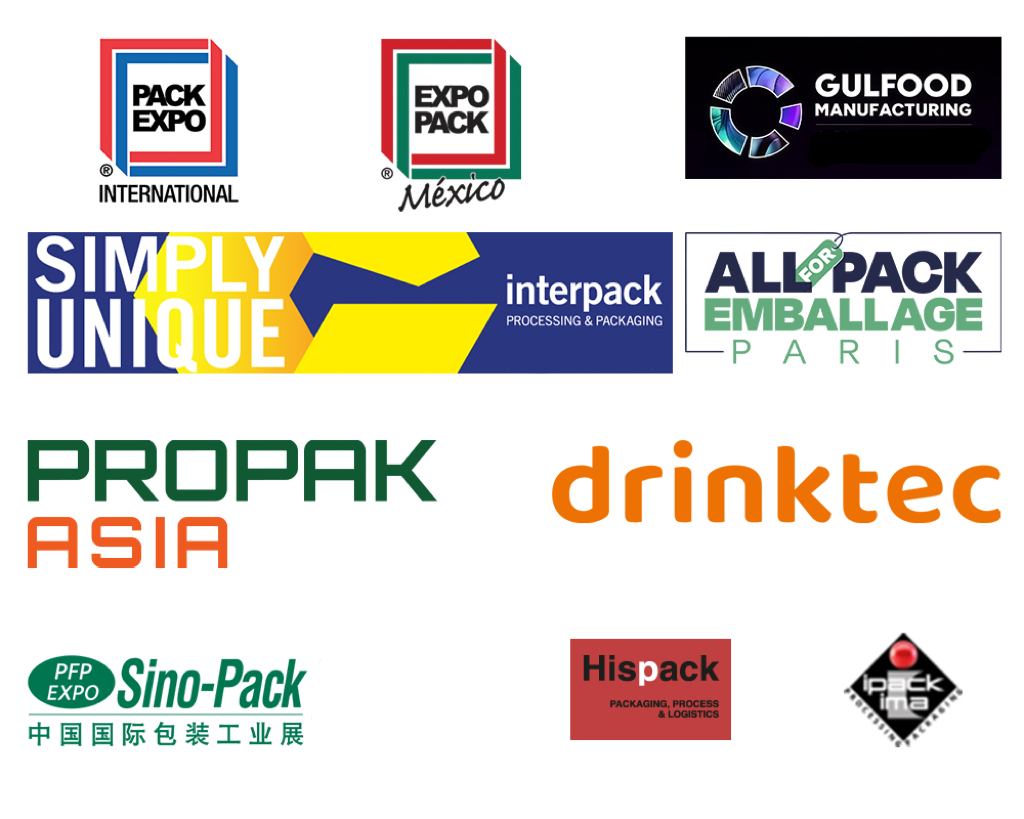Did you know that the pharmaceutical sector alone emits 55% more greenhouse gases than the automotive industry? From energy-demanding plants to piles of packaging waste, there are just too many barriers to sustainability in the pharmaceutical industry. It’s hardly surprising that the production of vaccines, medicines, and therapies costs us tons of natural resources.

With everything leaving behind a heavy environmental footprint, implementing mindful practices has become pretty non-negotiable. In this blog, we’ll explore the concept of sustainability in the pharmaceutical industry and why it’s the only way forward!
Why Sustainability in the Pharmaceutical Industry Matters
The significance of sustainability in the pharmaceutical sector can’t be understated, and for good reason. Today, focusing all efforts on drug production isn’t enough; companies need to ensure they’re operating responsibly. If pharmaceutical giants lead the way, other sectors follow. However, with high resource consumption and waste production, the impact is huge.
While the complex medicine supply chain makes it challenging, here’s why the pharmaceuticals can no longer ignore sustainable practices:
Greenhouse Gas Emissions
According to the National Institutes of Health, the pharmaceutical industry produces a highly significant amount of greenhouse gas (GHG) emissions. Everything, including manufacturing plants, research labs, and transportation, adds to the harm.
It’s evident why the pharma sector’s carbon footprint exceeds that of the automotive sector. Unless the companies take serious steps to decarbonize, the emissions will continue to harm the environment. This leads to an intense climate change in the long run.
Stricter Rules
Another reason why the pharma industry must shift focus towards sustainability is that the regulatory bodies no longer ignore its impact. As a part of their sustainability efforts, the government is tightening rules on waste, emissions, and green practices.
Naturally, the companies that adopt sustainable practices in a timely manner will thrive, while the others might struggle with the consequences.
High Energy and Resource Consumption
The production of medicines is quite energy-intensive and results in an equal, if not more, energy lost during the manufacturing process. Simply put, it requires heat, cooling, water, and various raw materials. Without efficient measures, this translates to huge energy bills and exhaustion of natural resources. This makes sustainability a highly critical part of serving in the pharma sector.
Hazardous Waste Generation
From operational waste and chemical byproducts to waste generated from packaging products, the overall contribution of pharma to pollution is obvious. Especially when mishandled, all the waste goes to soil and water, degrading the environment considerably.
Moreover, improper disposal of medicines also contaminates the earth. This is, by far, one of the most crucial challenges the sector faces, and it requires proper management. Unless your waste generation strategies align with your sustainability goals, you’re bound to hurt the planet.
Direct Impact on Public Health
While the pharmaceutical industry improves public health, its carbon footprint does the opposite. For instance, the operations might lead to air pollution, energy exhaustion, water contamination, and even chemical leaks. All of this directly impacts the public well-being, making sustainability efforts more important than ever.
Innovative Approaches to Sustainability in Pharma
Since sustainability is a broad concept, it covers multiple aspects of the pharmaceutical supply chain. To make it simpler, here are the fundamental areas where the healthcare companies are focusing their efforts:
1. Green Chemistry Techniques in Manufacturing
Understandably, the production of drugs involves various chemicals, which require proper management. In case of failed management, the cost is often excess energy consumption and unnecessary waste. However, the introduction of green chemistry techniques offers a much safer access to healthcare facilities globally.
To put it into perspective, green chemistry includes turning to renewable energy sources, recycling and reusing water, and avoiding harmful chemical solvents. Green chemistry also encourages continuous manufacturing, which is far cleaner than the old-school batch process. With new technologies, waste materials are recycled instead of being thrown away. This lowers the industry’s overall environmental impact.
2. Sustainable Packaging
Packaging produces an enormous amount of waste in the pharmaceutical sector, and justifiably so. Each day, countless blister packs, cartons, and single-use plastic bottles drastically add to the landfills, creating a huge environmental burden that’s hard to manage. Although such packaging is often required for compliance, it does more harm than good.
Fortunately, the world is turning to smarter, greener packaging solutions, and pharmaceuticals are quickly adopting them. One big step is shifting towards eco-friendly materials like bioplastics, cardboard, or degradable solutions. Better yet, packages can include QR codes instead of paper leaflets, letting customers access all the drug-related queries digitally.
3. Smart Waste Management & Disposal
Managing pharmaceutical waste isn’t easy, especially with millions of drugs being manufactured on a daily basis. Improper disposal of drugs pollutes water bodies and soil. Similarly, liquid and solid hazardous waste can leak through containers and harm the environment. The good news is that companies can adopt various smart practices to smartly get around the challenge.
For instance, companies might employ AI and cloud platforms to monitor waste levels in real-time. Similarly, avoiding the use of toxic reagents and opting for take-back programs for expired medicines also helps cut down on waste. For proper waste disposal, it’s also critical to become fully aware of waste disposal techniques and opt for safer chemical processes.
4. Optimizing Supply Chain Efficiencies
Since medicines include multiple production steps and travel globally, it’s essential to make the supply chain itself efficient. Every step involved in their journey from labs to the patients’ homes creates emissions, which add up to harm the planet. To address this issue, pharmaceutical companies must collaborate with suppliers that share their eco-friendly objectives.
Additionally, companies can switch to electric or hybrid vehicles for deliveries, cutting down on emissions caused by transportation. Improving routes and logistics also reduces fuel consumption and reduces reliance on fossil fuels. Another big step is regional production, letting medicines stay where they’re needed.
Although the practices may seem far-fetched, these supply chain optimization strategies are great steps towards sustainability in the pharmaceutical industry.
5. Research & Development with a Sustainable Mindset
What most people don’t know is that even during the research and development phase, scientists can still make sustainable choices and lower carbon emissions. For example, they can design medicines that break down safely after use, so they don’t stay back and harm the surroundings. Using sustainable raw materials, such as bio-based APIs and biodegradable polymers, also makes a huge difference.
Better yet, pharmaceutical companies can resort to computer models to predict results instead of re-testing every time. Plus, the use of safer alternatives to toxic solvents suggests that they’re already ahead on their sustainability journey.
Challenges to Achieving Sustainability in Pharma
Although going green is always the best way to go, achieving sustainability in the pharmaceutical industry is often easier said than done. Unlike other sectors, it faces multiple setbacks, some of which include the following:
High Implementation Costs
Switching to sustainable practices often comes with hefty upfront costs. For instance, you’ll have to invest heavily in technology, updated facilities, and redesigned drugs. While bigger organizations may have sufficient resources, the costs of the transition can be overwhelming.
Regulatory Issues
More than any other industry, the pharmaceutical industry runs under strict regulations, which makes the shift pretty challenging. Compliance rules vary by country, so keeping things uniform across the globe is yet another hurdle. Similarly, new packaging material will need to go through tedious approvals before it can be used.
Safety Concerns
Sure, sustainability is critical, but in medicine, safety and quality always top the priority list. Often, implementing innovative strategies for going green interferes with the basic goal. Focusing too much on one side might slow down the progress on the other. So, it’s critical to manage greener practices without compromising on safety.
The Future of Sustainability in the Pharmaceutical Industry
With tools like additive manufacturing, smart mindset, and sustainable packaging, the future for sustainability in the pharmaceutical industry appears to be bright. Looking ahead, we’ll likely see more use of technology to aid production.
More so, the rise of greener APIs is also a strong possibility. When coupled with growing pressure from consumers and investors, the companies might shift to green practices sooner than you think!
FAQs
What are the basic pillars of sustainability in healthcare?
In the healthcare industry, the basic pillars of sustainability include water management, energy management, and air quality management. By focusing on these basic areas, pharmaceuticals can upgrade to environmentally responsible entities.
How does sustainability benefit patients and communities?
Sustainability in the pharmaceutical industry is a win-win for patients and communities. It reduces pollution, conserves natural resources, and leads to the efficient production of medicines. Cleaner supply chains mean healthier environments, which benefits people today and our future generations.
How does the WHO drive pharmaceutical sustainability?
The World Health Organization (WHO) supports pharmaceutical sustainability by enforcing green chemistry and setting global standards. They promote eco-friendly packaging, safer medicine use, and cleaner distribution to protect the environment while allowing the industry to grow.
Conclusion
With the need for sustainability in the pharmaceutical industry on the rise, companies need to ensure their eco-friendly goals and health efforts go hand in hand. The goal is to produce medicines while keeping the planet safe. While challenges are bound to come, it takes commitment to make a greener planet a possibility.




